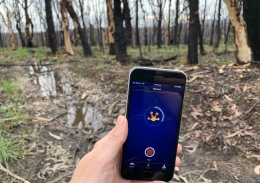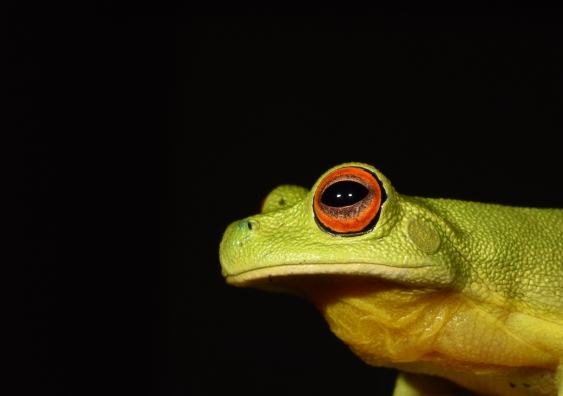Surviving the flames: citizen scientists reveal frogs’ initial response to ‘black summer’ bushfires
Many Australian frogs may not have been as devastatingly impacted by last summer’s fires as feared – but scientists need more data to assess the impact further.



